What is a System-on-Module (SOM)?
Interactive self-service terminals, such as kiosks and automated machines, have revolutionized the way businesses and organizations interact with their customers. From self-checkout systems in retail stores to information kiosks in airports, these terminals provide quick and convenient access to services, information, and transactions. To deliver a seamless and responsive user experience, these terminals require robust computing platforms that can handle complex operations efficiently.
What is a System-on-Module (SOM)?
A System-on-Module (SOM) is a compact and integrated computing platform that encapsulates essential components such as processors, memory, storage, and peripheral interfaces on a single module. It is designed to provide a ready-to-use, highly reliable, and easily deployable solution for various applications. SOMs offer flexibility and scalability, making them an ideal choice for systems that require powerful processing capabilities within a compact form factor.
Key Components and Features of SOMs
SOMs typically consist of a processor or system-on-chip (SoC), memory modules (RAM), storage options (eMMC, SSD), and various interfaces (USB, Ethernet, HDMI, etc.). They are designed to be compatible with industry standards, allowing easy integration with carrier boards or baseboards. Additionally, SOM for interactive self-service terminal often include pre-loaded firmware and software, reducing development time and effort.

The Role of SOMs in Interactive Self-Service Terminals
SOMs play a crucial role in powering interactive self-service terminals, serving as the central computing engine that drives their functionality. They handle complex tasks such as processing user input, managing data, and driving displays. By integrating a SOM into a terminal design, developers can leverage a proven computing platform, reducing development costs, and accelerating time-to-market.
FAQs
Q1: Can SOMs be customized to meet specific terminal requirements?
Yes, SOM board can be customized to meet specific terminal requirements. Manufacturers often offer a range of options for processors, memory, storage, and interfaces, allowing developers to tailor the SOM to their precise needs.
Q2: Are SOMs suitable for outdoor self-service terminals?
Additional resources:How does a touch screen industrial monitor work?
What Are The 2 Types of Fiber Optic Cable?
What are the benefits of using medical LCD screens?
Understanding the Distinction: J-Bolt vs. Anchor Bolt
Lithium Storage to Showcase Lithium-ion Battery Solutions at Battery Show Europe 2023
USB Camera Module Specifications
Why are ZTE Rectifier Modules Gaining Recognition for Their Efficiency and Reliability?
Yes, SOMs can be designed to withstand harsh environmental conditions, making them suitable for outdoor self-service terminals. These specialized SOMs often feature extended temperature ranges, ruggedized components, and enhanced protection against dust, moisture, and vibrations.
Q3: Can SOMs support wireless connectivity options?
Yes, many SOMs offer built-in support for wireless connectivity options such as Wi-Fi and Bluetooth. This allows interactive self-service terminals to connect to networks, access cloud services, and communicate with mobile devices wirelessly.
Q4: Are SOMs cost-effective for terminal development?
While SOMs may have a higher upfront cost compared to developing a custom computing platform, they offer long-term cost savings by reducing development time and effort. Additionally, the scalability and future-proofing capabilities of SOMs can lower maintenance and upgrade costs over the lifecycle of the terminal.
Q5: Can SOMs be easily integrated into existing terminal designs?
Yes, SOMs are designed to be easily integrated into existing terminal designs. They typically feature standard interfaces and form factors, allowing developers to seamlessly replace or upgrade the computing platform without significant design modifications.
Additional resources:Which Type of Emergency Power Pack is Best Suited for Backup Power During Outages?
What Is Digital Signage and How Does It Work?
Boat Winch Maintenance and Care: Tips for Longevity and Performance
How to Install LED Neon Flex: Step-by-Step Guide
Raycom Attend the 6th China (Kunming) South Asia Social Public Security Technology Expo 2023
Can welding cable be used as power cable?
What is surface mount technology (SMT)?
374
0
0
Related Articles
-
313
0
0
-
322
0
0
-
359
0
0
-
370
0
0
-
365
0
0
-
277
0
0
-
324
0
0
-
294
0
0

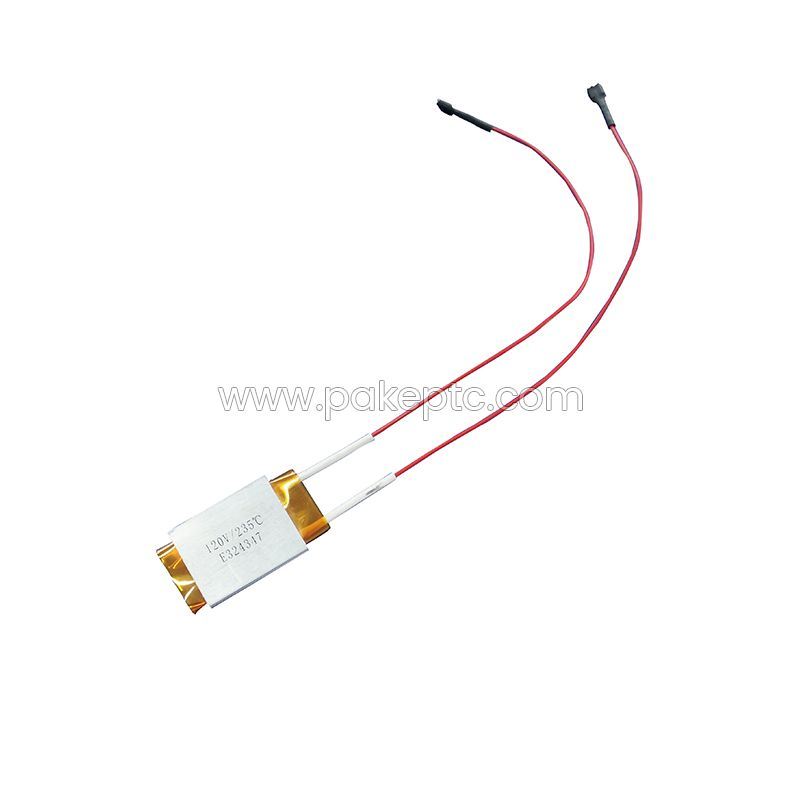
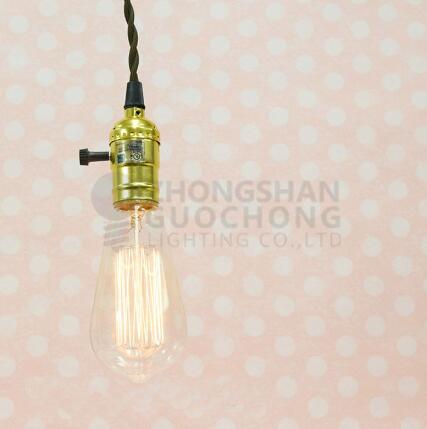
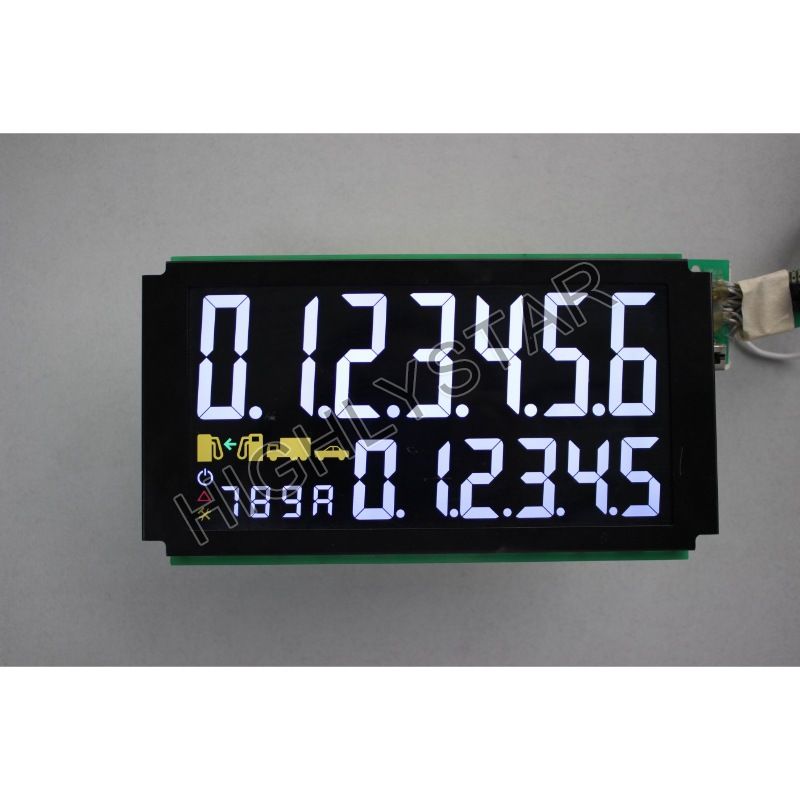
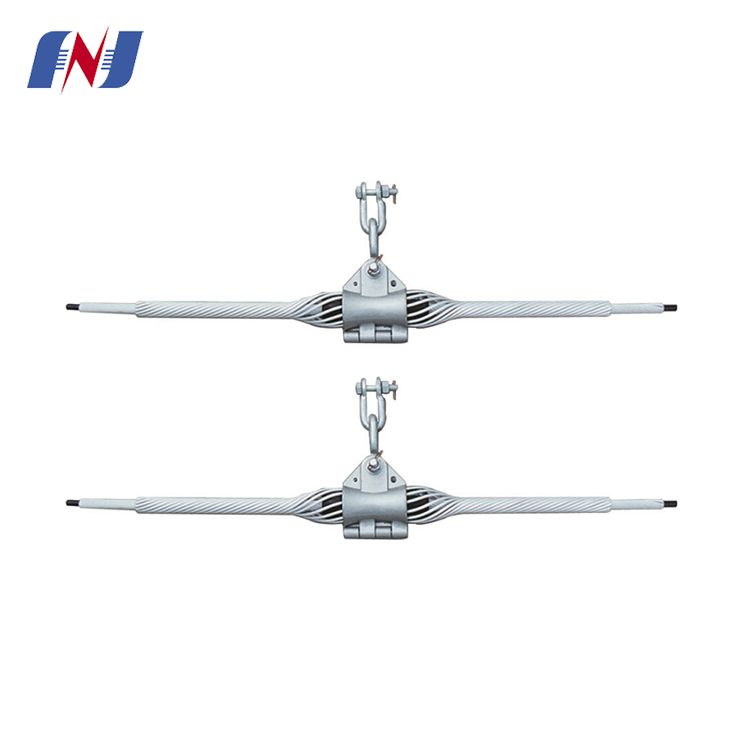
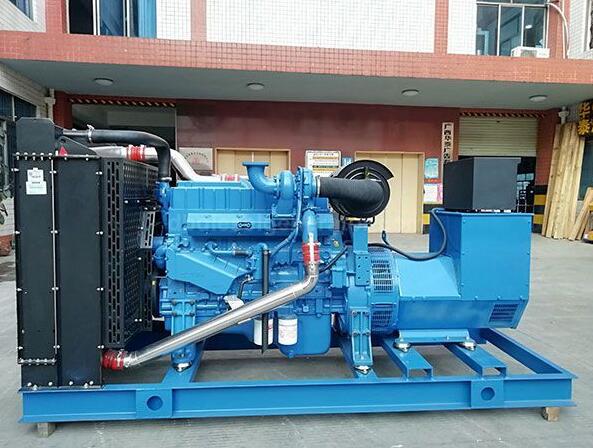
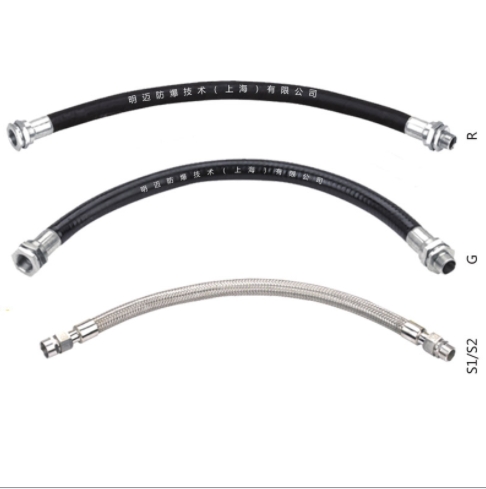

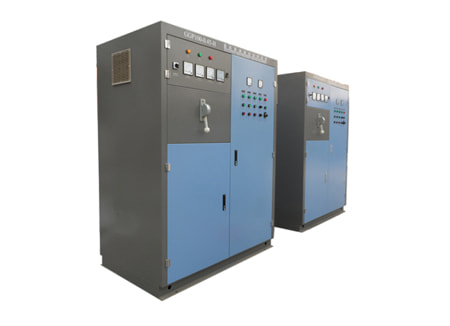
Comments
All Comments (0)